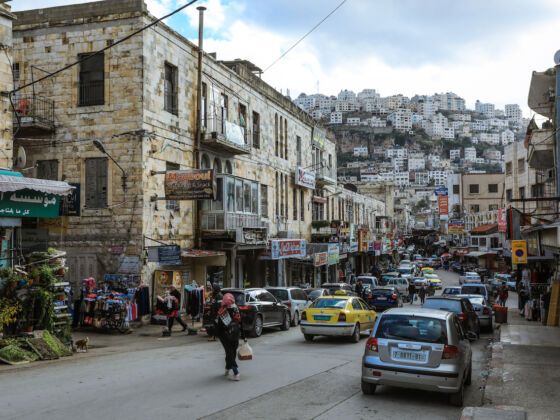1. Get to Know Little Damascus
Under the Ummayads, during the early years of Islamic expansion, Nablus was modeled on the empire’s capital at Damascus, and distinct echoes of that Levantine city remain today. In fact, the Arab geographer Al-Muqaddasi, working in the 10th century A.D., referred to Nablus as “Little Damascus.”
Traditional balconies, mosques, stone buildings, and public drinking fountains front the narrow alleyways of the Old City and commemorate the ancient past. Crumbling khans and clock-towers also survive from the time when Nablus was an important link on the trade route between Syria and Mecca.
The narrow streets are full of little finds like this, as well as small shops and cafes that are great places to spend an afternoon over a hot black coffee.
